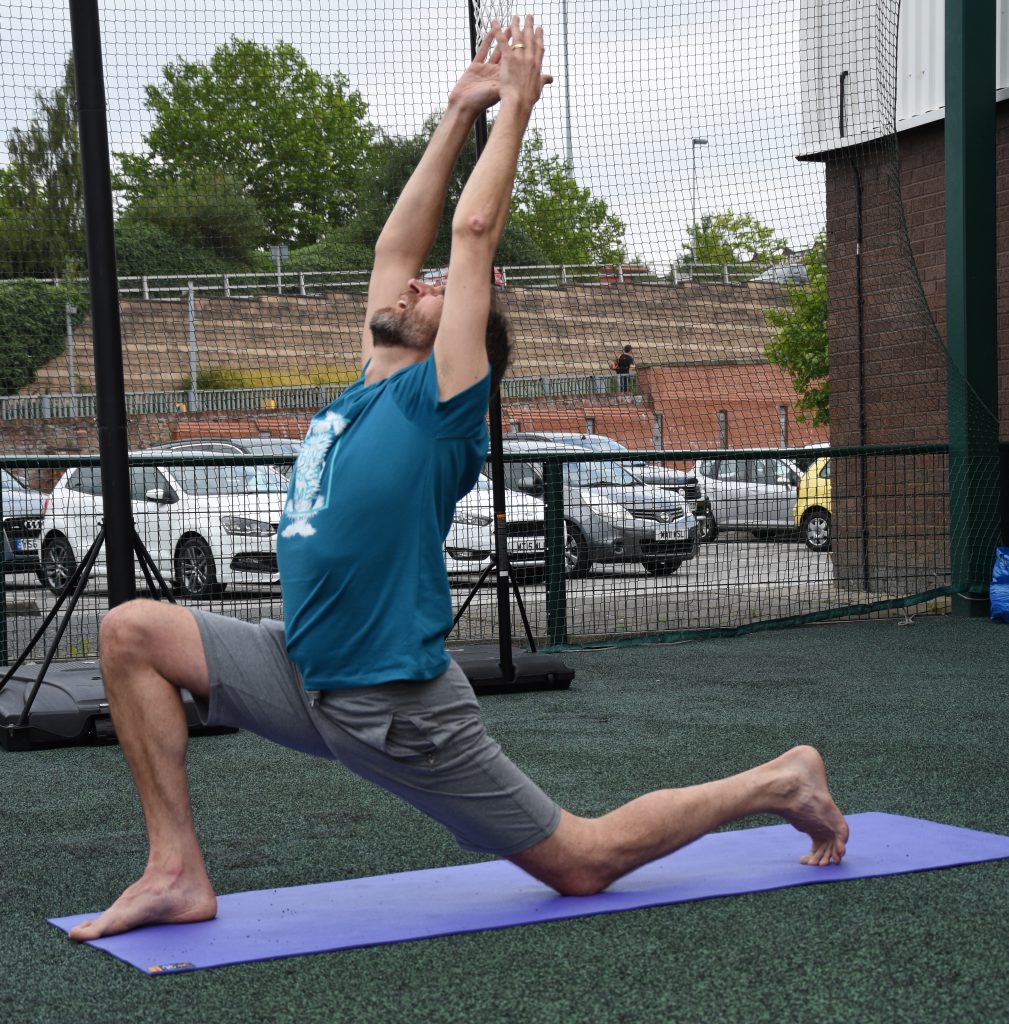Blog

Running is a lifelong passion for many, offering not just physical health benefits but also mental clarity and joy. For runners over 50, staying active is a testament to perseverance and dedication. Yet, as the years add up, so do the risks of injury. Achy knees, stiff joints, and recurring pain can make running seem like a challenge—but it doesn’t have to be.
With the right tools and strategies, you can continue running pain-free, staying strong and active well into your golden years. Let’s explore some proven ways to keep injury at bay and enjoy the run for decades to come.
Common Challenges for Runners Over 50
As we age, the body undergoes natural changes that can affect running performance and injury risk:
– Reduced joint flexibility: Stiffer joints can lead to a shorter stride and increased wear and tear.
– Decreased muscle strength: Weak muscles can put more strain on joints and connective tissues.
– Longer recovery times: Healing from minor injuries or soreness takes longer.
Recognizing these challenges is the first step toward overcoming them.
Building an Injury-Free Running Routine
1. Warm Up Properly
As a younger runner, you might have skipped the warm-up without much consequence. But for older runners, a proper warm-up is essential.
– Start with dynamic stretches like leg swings or walking lunges to loosen up muscles and joints.
– Incorporate light jogging or brisk walking to get the blood flowing before you pick up the pace.
2. Strengthen Key Muscle Groups
Strength training is a game-changer for injury prevention, especially for runners over 50. Strong muscles act as shock absorbers, reducing strain on joints. Focus on these areas:
– Core: Improves balance and stability. Try planks or bird-dog exercises.
– Hips and glutes: These muscles support your stride. Incorporate bridges or resistance band exercises.
– Calves and feet: Keep these small but vital muscles strong with heel raises and foot stretches.
3. Stay Flexible with Yoga
Yoga is an excellent way to maintain flexibility and reduce muscle tension. Poses like downward dog and pigeon stretch key muscles used in running, while improving posture and balance. Yoga can also aid in recovery by promoting blood flow and relaxation.
4. Listen to Your Body
As tempting as it may be to push through discomfort, ignoring pain can lead to chronic injuries. Pay attention to early warning signs like persistent soreness or unusual stiffness, and give your body the rest it needs.
Mindset Matters: Aging Doesn’t Mean Stopping
Many runners fear that getting older will force them to quit. But with a proactive approach, you can stay on the road or trail for years to come. Here’s how:
– Focus on consistency, not speed: Running regularly at a comfortable pace is more beneficial than sporadic, high-intensity efforts.
– Adjust your goals: Instead of chasing personal bests, aim for steady progress and injury-free miles.
– Celebrate recovery: Rest is as vital as training. Use rest days to rebuild strength and energy.
Keep Moving Forward
Running after 50 doesn’t have to be about limitations—it can be about freedom. By warming up properly, strengthening key muscles, and incorporating recovery practices like yoga, you can run longer, recover faster, and avoid common injuries.
Remember, running is not just about miles—it’s about the journey, the joy, and the resilience it builds. With the right mindset and habits, you can continue enjoying your runs for decades to come.
Ready to take your running to the next level? Discover how to stay injury-free with the Injury-Free Running Blueprint, a FREE online course designed specifically for runners over 50. Learn expert techniques to keep running pain-free and strong.
Sign up today and start running smarter, stronger, and injury-free!